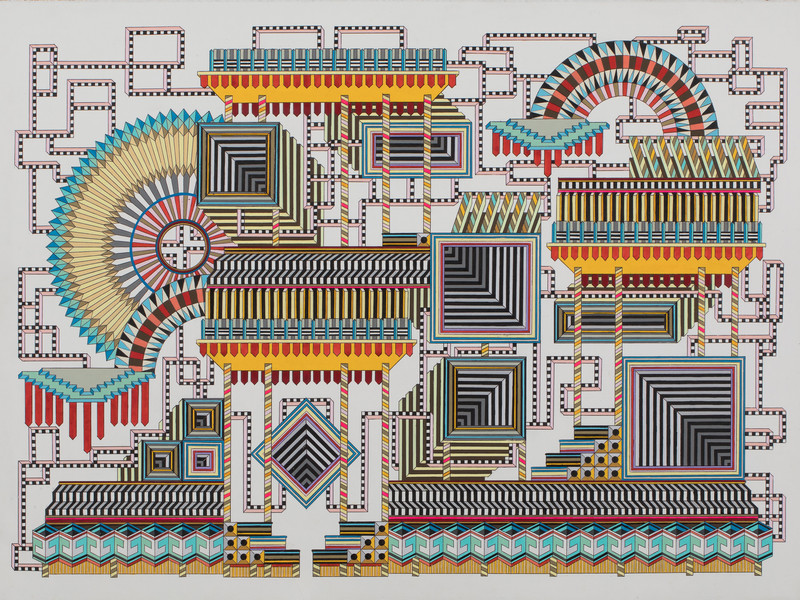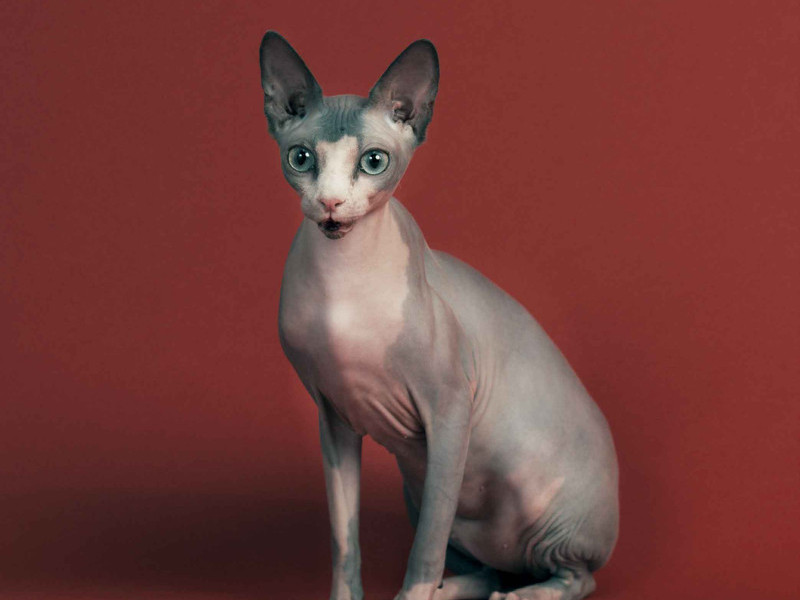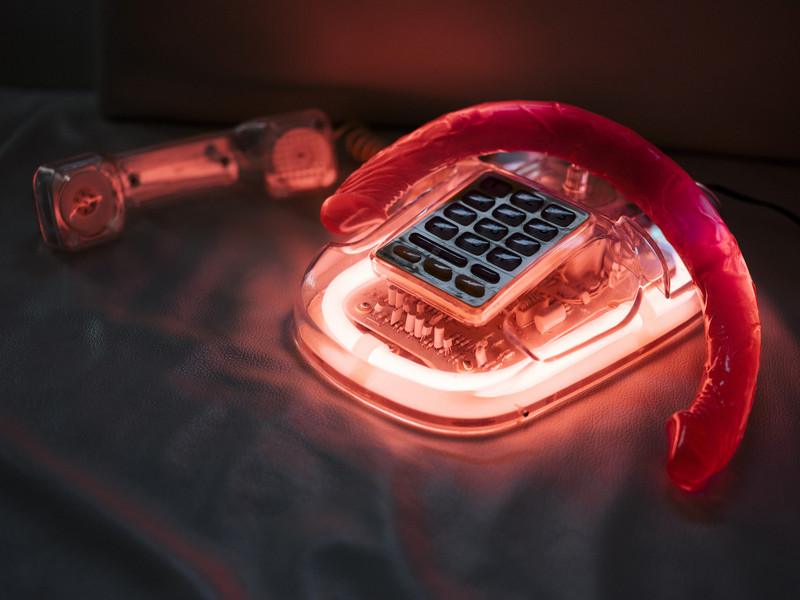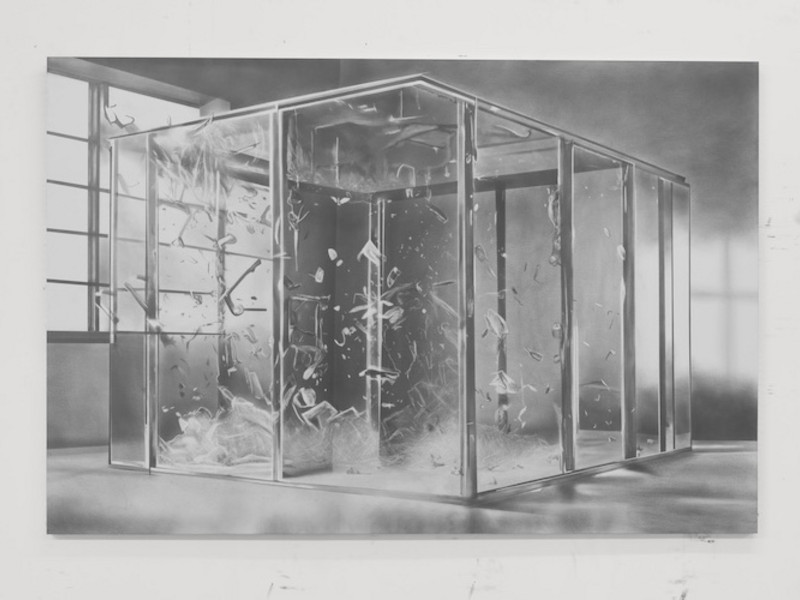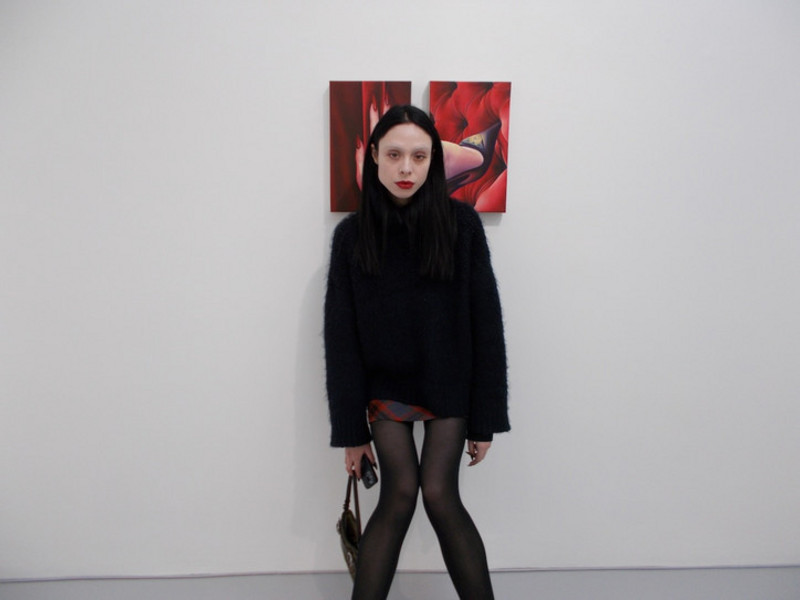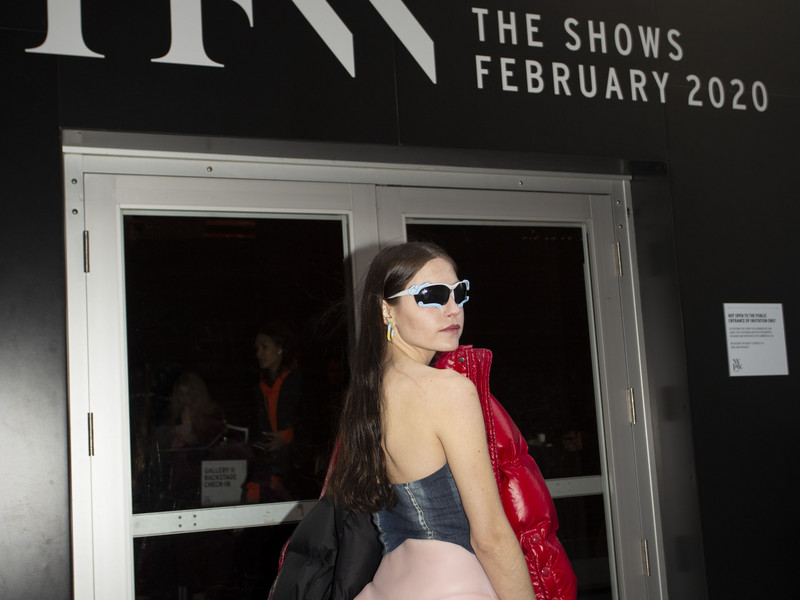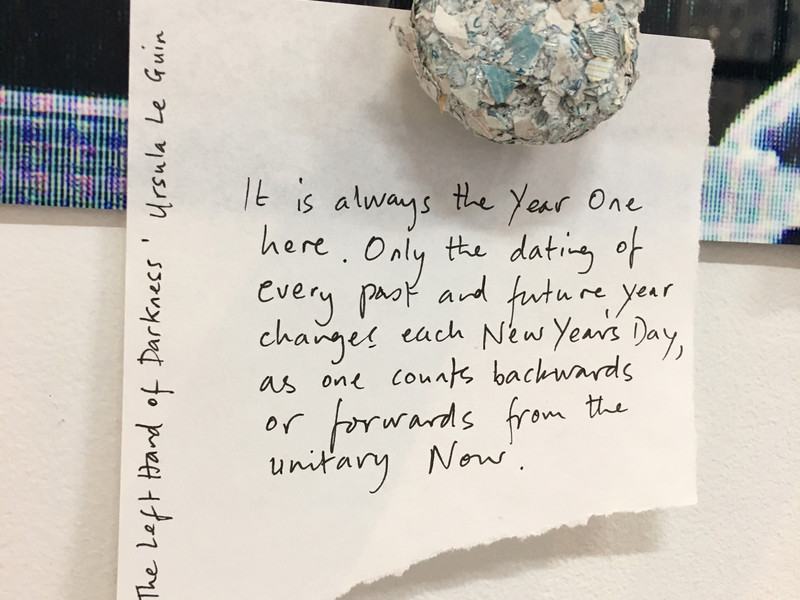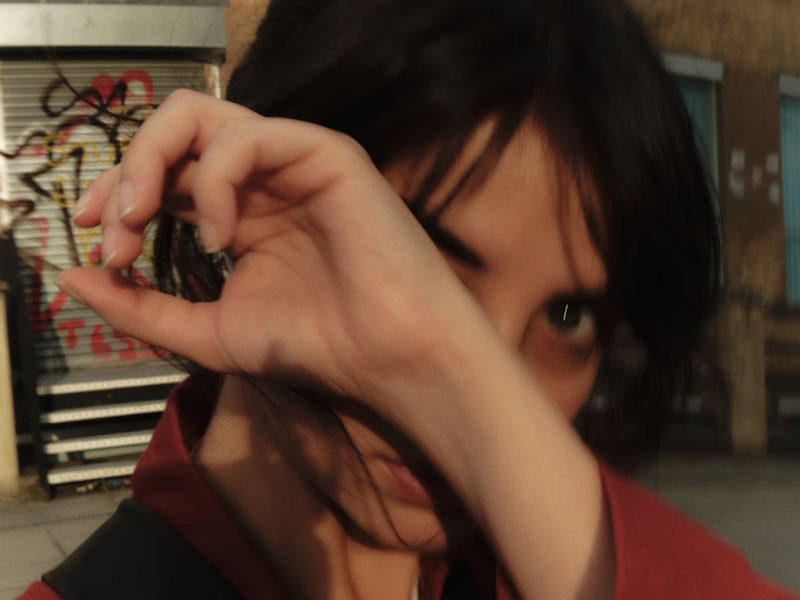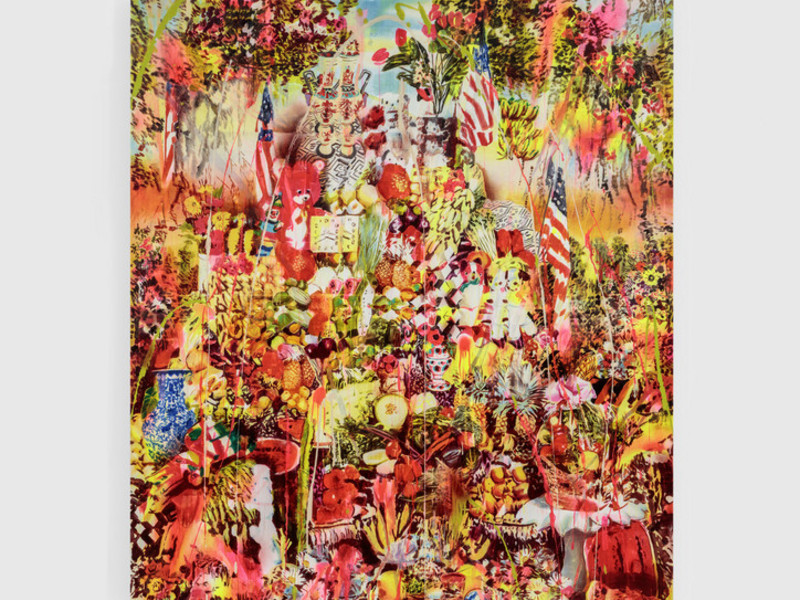Asif Hoque's Golden World
Asif Hoque's "Golden Boy" is on view through December 17th at Half Gallery's New York space.
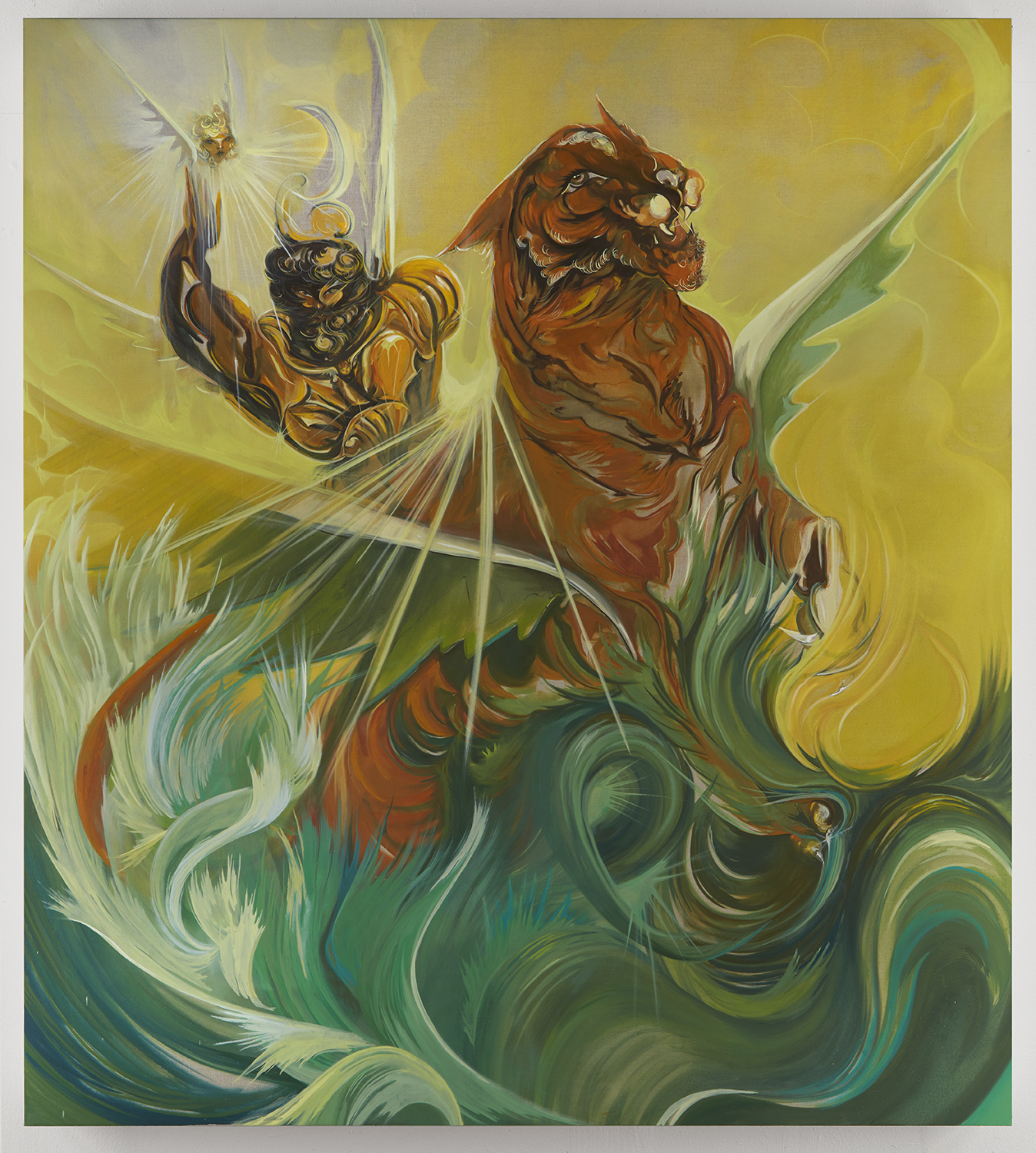
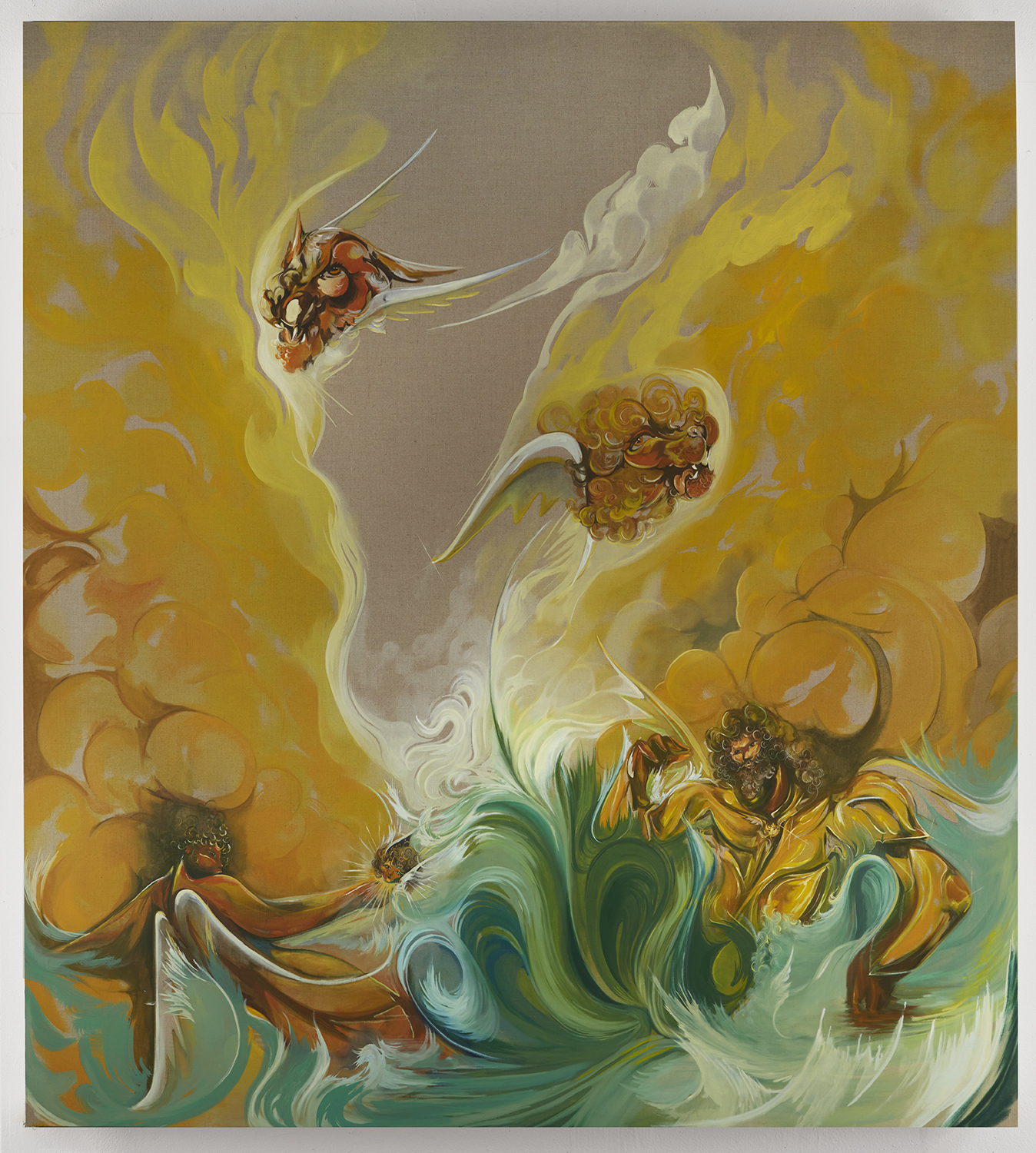
When looking at or talking about art, the act of seeking out an art historic referentiality to the work at hand often takes such a precedence over all else and such a potent engagement of the left brain that the right’s faculties become drained and the essence of interpretation, the all important dialogue between viewer and artist, become positively eschewed. “This work makes me feel…” has its place taken by the over bearing “this work reminds me of insert canonical artist’s name.” This exercise in mental masturbation surely hinders the spell present within the seeking out of an art’s essence, instead, ejaculating a half baked projection over all that is precious in viewing.
Now, how does this relationship play into “Golden Boy” by Asif Hoque? The two references most frequently cited for the show are so absurdly different that they practically satirize the practice itself. On opposite ends of the spectrum, “Reubens” and “Agnes Pelton” couldn’t be more disparate, however, Hoque is spectacularly able to bring the two together, cancelling out the two genres that substantially separate them, and in effect, birth a unique show that stands tongue in cheek towards the trite practice of referential analysis.
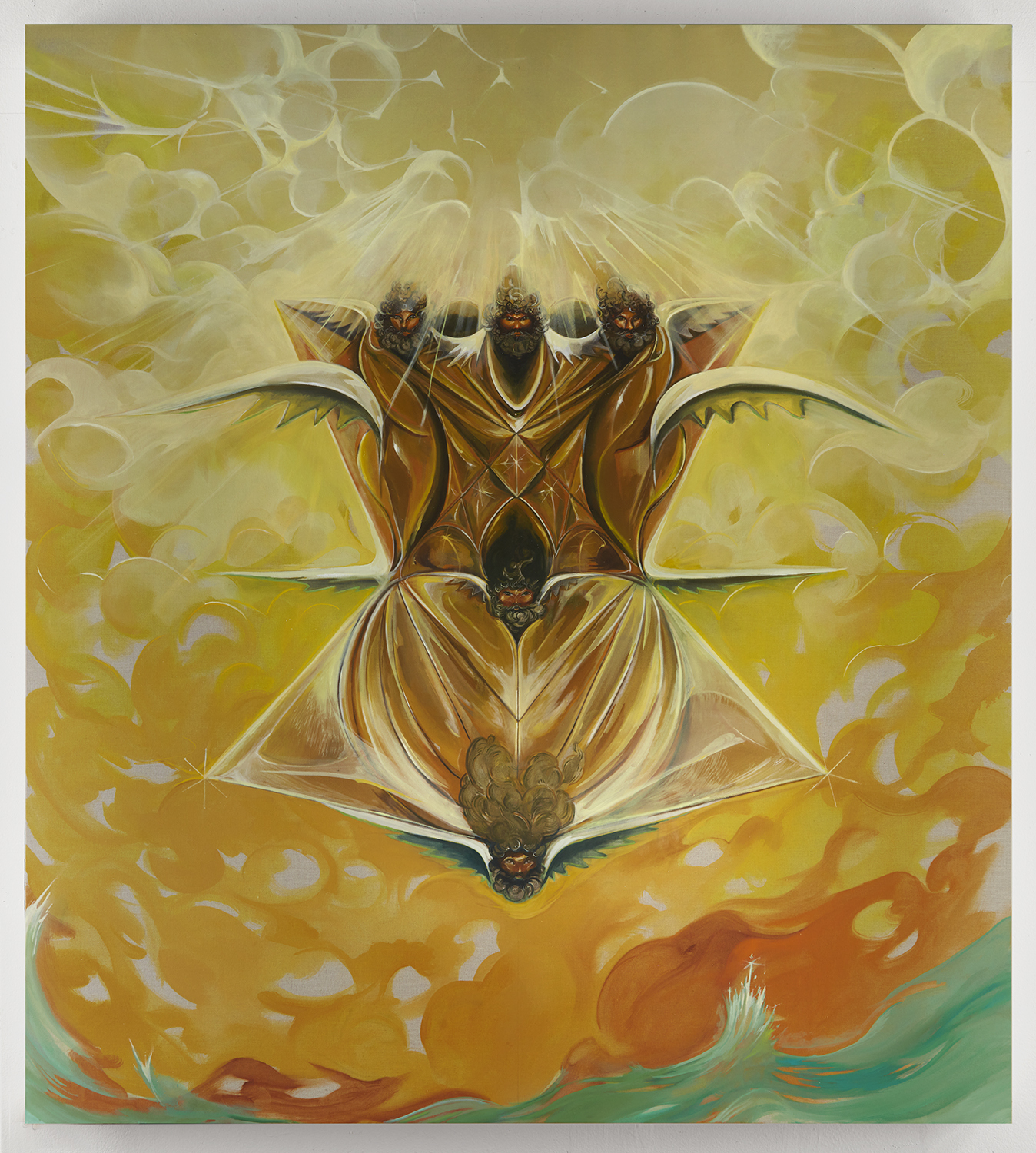
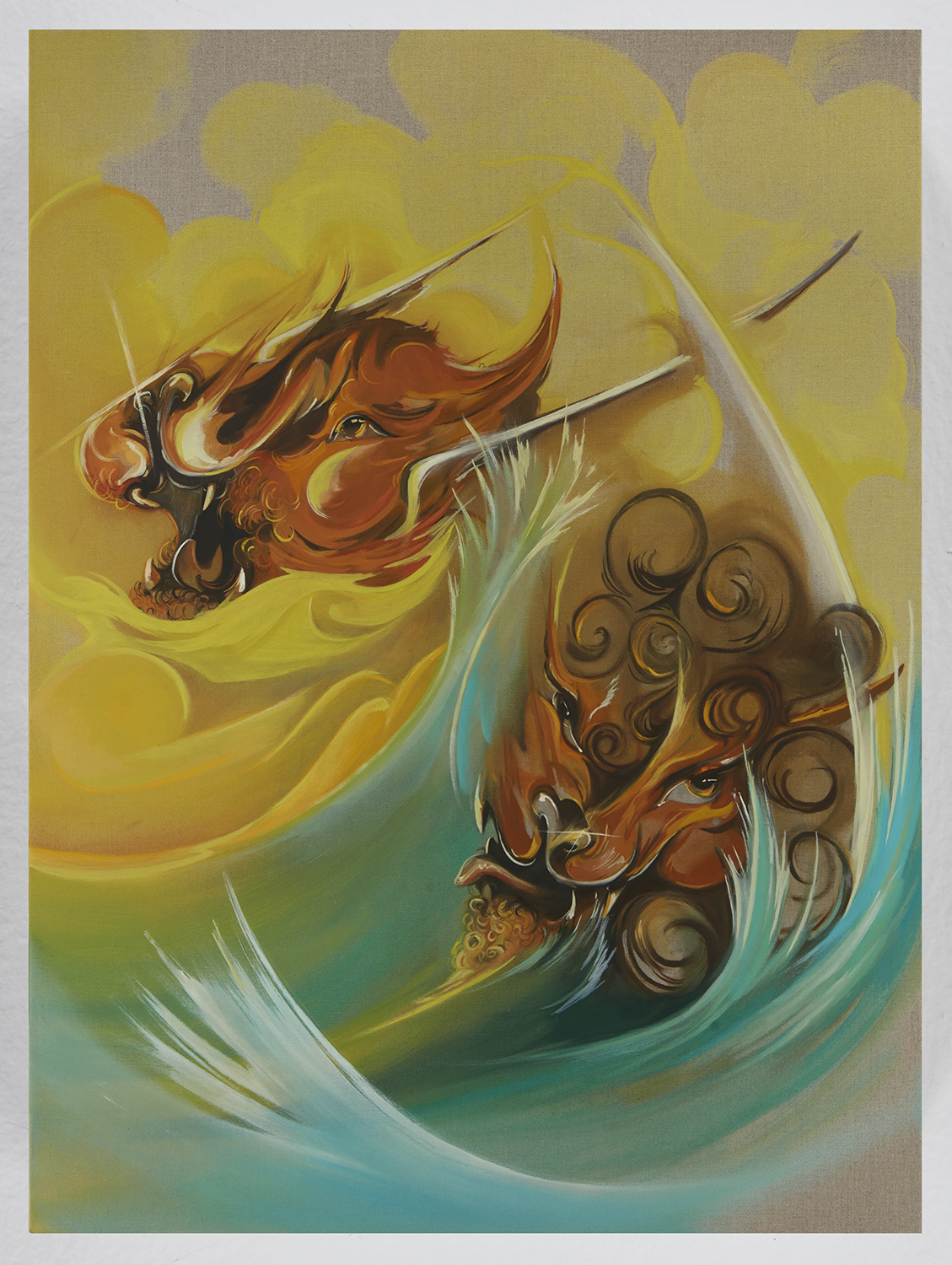
The presence of these two opposing forces, which happen to be described as that of Reubens and Pelton, set a framework for the rest of the art’s internal logic. However, it would be of greater service to ditch these restricting references and instead call the forms at hand as they truly are — abstraction and realism.
Residing within these seven works is a highly calculated equilibrium, one that seeks to achieve a balance between not only abstraction and realism, but movement and rigidity, symmetry and asymmetry, Bangladesh and Miami — to name a few. On the surface, perhaps the most initially compelling aspect of the show are the colors utilized, most obvious being the gold hues that shine throughout each work. However, this gold isn’t merely an aesthetic choice, the artist explains “In a literal sense my relationship to gold is embedded in this series. As a baby, my parents gifted me a golden pendant almost like a small Den Motor or symbol of security. Except in Islam to wear such luxury as a grown man can be seen as a type of ostentation. When and how does that signifier get flipped?”
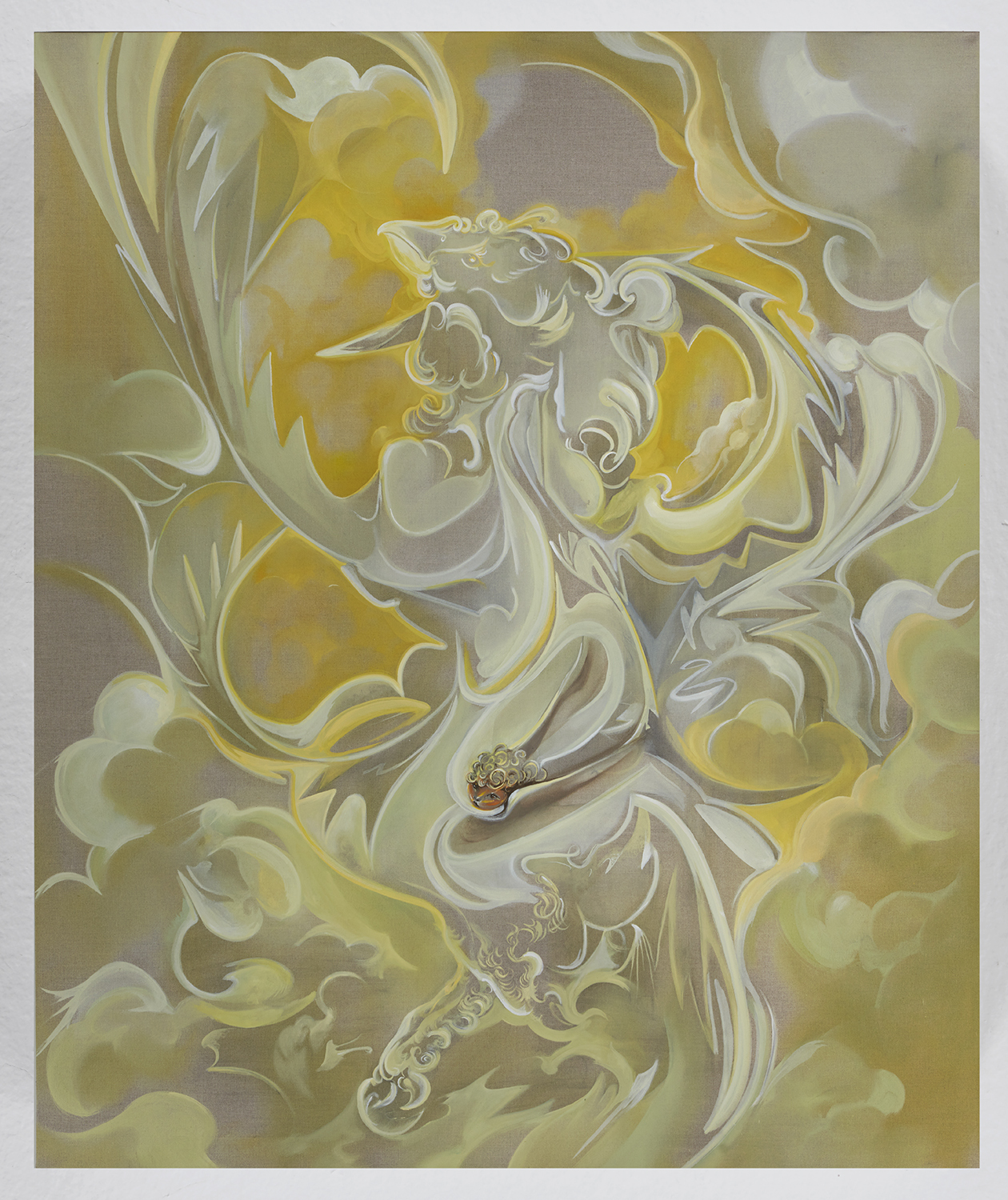
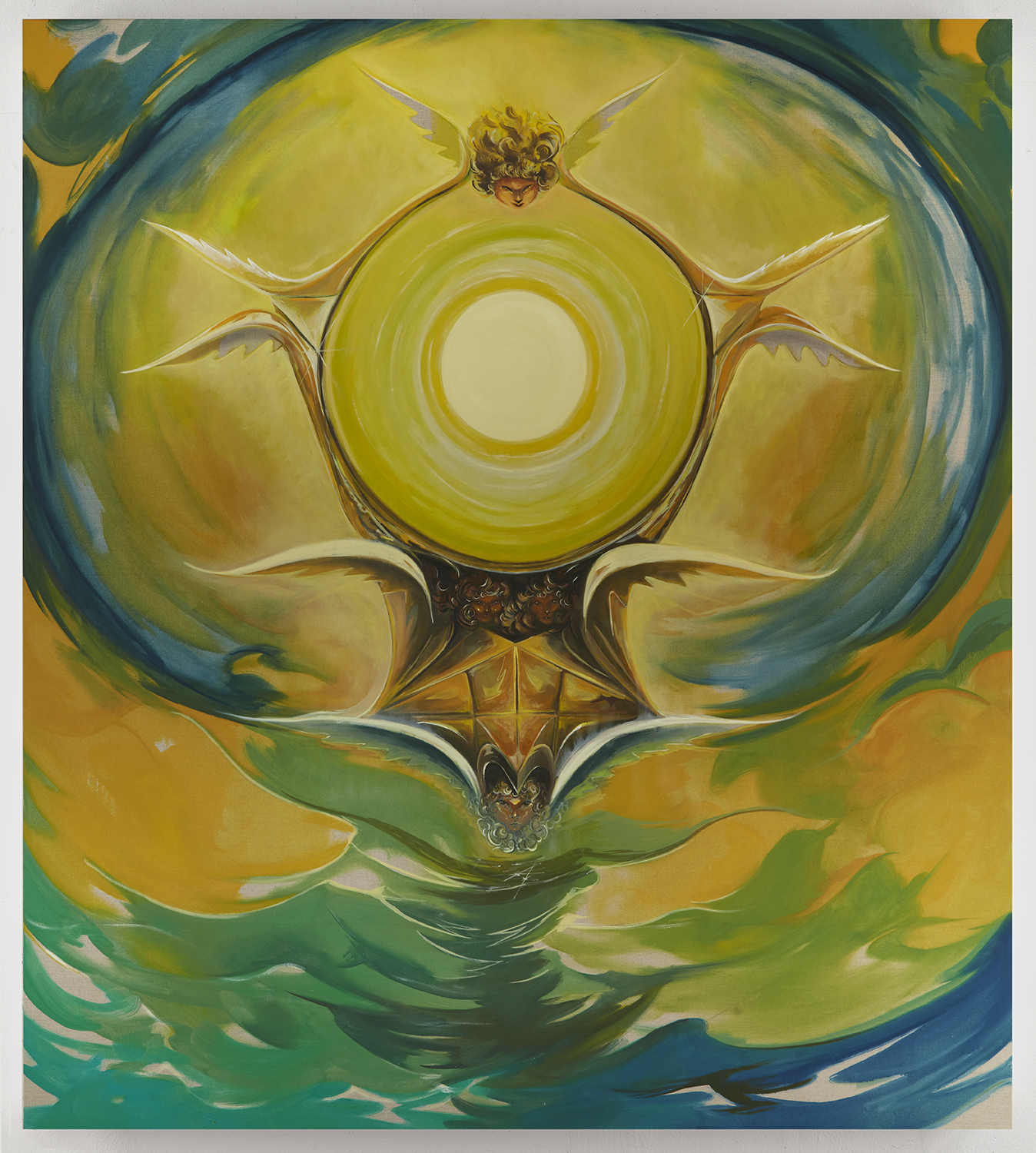
Contrasting with these divine golds are cascading scenes of fluorescent water that add intense dynamic movement, helping frame the beautiful centerpieces of each work. These centerpieces are meticulously crafted, the only aspects of the works which are sketched before hand, leaving the backgrounds and surrounding aspects of the work up to pure intuition.
The show itself in extremely engaging, and the works beg for one’s full attention, free from jargon and over analysis. Further, these trance-inducing pieces transport one into a state of convalescence, a beautiful world brought forth by the highly talented Asif Hoque.

